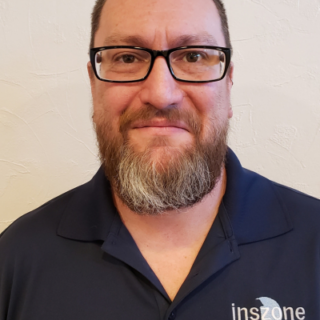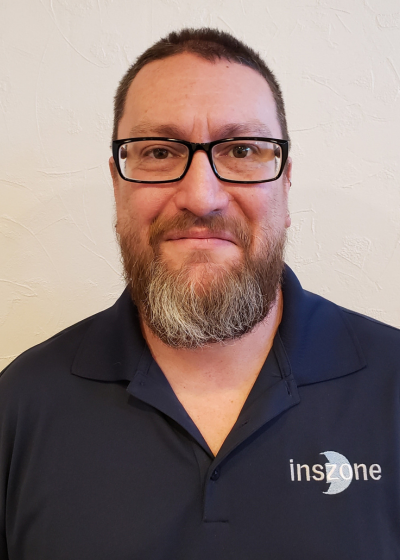What’s happening in 2025?
- More scrutiny of rural addresses with limited staffed fire response and scarce hydrants. Insurers lean on Verisk/ISO Public Protection Classification (PPC) and water-supply criteria when deciding whether to renew and how to price. Properties far from hydrants and beyond five road miles of a responding station are at higher risk of surcharges or non-renewals.
- Arizona regulators acknowledge availability pressure and have created resilience and mitigation initiatives to study wildfire-related insurance affordability.
- Wildfire exposure remains elevated in parts of Cochise County. National and county planning tools highlight WUI corridors and brushy access roads that draw tighter underwriting.
- Market backdrop: Property and reinsurance conditions in 2025 are more stable than 2023–24, but carriers still triage wildfire-exposed addresses. Underwriting rules—not just price—often drive outcomes in rural wildfire zones.
Why do volunteer fire departments worry insurers?
Insurers do not penalize volunteer service itself. They price the effects it can have on fire outcomes as captured by ISO’s PPC system:
- PPC basics: Classes 1 (best) to 10 (no credit) reflect fire department capability, emergency communications, and—crucially—water supply. Better PPC usually means better pricing; Class 9/10 often correlates with limited water and longer response.
- Water-supply thresholds: To achieve Class 8 or better, a community must deliver sustained flow (typically 250 gpm for 2 hours) beyond normal consumption. Hydrant or suction-point coverage within about 1,000 ft materially improves classification; beyond that you may fall into “split” classes (e.g., 5/5X) or worse.
- Local context: Regional wildfire risk modeling and county plans show hazardous fuels and constrained access on some WUI edges—an underwriting red flag when combined with marginal water access.
Who is most likely to face surcharges or non-renewals?
- Homes more than 1,000 ft from a creditable hydrant or suction point (e.g., dry hydrant) and beyond 5 road miles of a responding station.
- Roofs that are wood shake or aging Class-C, especially with debris in gutters and valleys; insurers and IBHS strongly prefer Class-A.
- Open eaves and standard vents (non-ember-resistant) that allow embers into attics or crawlspaces.
- WUI parcels with dense vegetation and limited access, common on the outskirts of Whetstone and St. David.
Where around Benson are pressures highest?
Outskirts with heavier fuels and tight road geometry—notably edges of Whetstone and St. David—tend to score higher in wildfire models and face tougher underwriting until fuels and egress improve. Parcels on WUI fringes east of AZ-90 frequently trigger closer review unless mitigation is well documented.
When should you act?
- 60–90 days before renewal: Enough time to document upgrades (roof, vents, vegetation work, water supply) and submit to underwriters.
- After upgrades: Request a mid-term review once you’ve completed a Class-A roof, ember-resistant vents, or added a creditable water source.
- Before closing on rural property: Verify distance to the responding station and to a hydrant/suction point, ask for likely PPC/split class, and confirm availability with admitted and surplus-lines options.
How to keep coverage—without blowing the budget
1) Target the biggest ignition drivers
- Create a 0–5 ft non-combustible zone (gravel/pavers; no mulch or shrubs against siding). IBHS testing shows this can significantly reduce the chance of home ignition.
- Upgrade to a Class-A roof (asphalt fiberglass shingles, metal, or tile assemblies rated Class-A).
- Install ember-resistant vents and harden eaves to block ember entry into attics and crawlspaces.
2) Solve the water-supply gap that hurts PPC
- Add a creditable suction point/dry hydrant or a 2,500-gallon tank accessible to fire apparatus; homes within ~1,000 ft can sometimes qualify for better than Class 9 if other criteria are met.
- Community approach: Split costs with neighbors to place shared water points near clusters of homes—this can shift multiple addresses out of “no-credit” classifications.
3) Document and organize at the neighborhood level
- Pursue Firewise USA® recognition. While discounts vary by carrier and state, Firewise participation is a recognized risk-reduction signal—and some insurers file credits where available.
4) Shop smart—admitted vs. surplus lines
- Arizona does not have a FAIR Plan. If admitted carriers decline, your agent may place coverage with surplus lines markets while you complete mitigation.
- Surplus-lines placements in Arizona follow eligibility and “diligent search” rules; revisit admitted markets once upgrades are done.
Quick checklist before renewal
| Item | Target / Proof | Why it matters |
|---|---|---|
| Distance to station & hydrant/suction point | ≤ 5 road miles to the first responder; ≤ 1,000 ft to hydrant or creditable suction point (map + photos) | Improves PPC/split class; can move you out of 9/10 ratings. |
| Roof class | Class-A roof; invoice + photos | Major ignition-risk reduction; aligns with IBHS Wildfire Prepared Home components. |
| Vents & eaves | Ember-resistant vents; boxed/closed eaves | Blocks ember entry into attic/crawlspace. |
| 0–5 ft non-combustible zone | Gravel/pavers; no shrubs or mulch against siding; photo log | Reduces likelihood of direct flame or ember ignition at the foundation. |
| Neighborhood participation | Firewise USA® recognition; community action plan | Signals sustained risk-reduction; may qualify for carrier credits where available. |
What to expect on deductibles and pricing
- Wildfire deductibles: Some carriers apply separate wildfire deductibles or higher all-peril deductibles in high-risk zones. If your premium jumps due to wildfire surcharges, raising the all-peril deductible (e.g., $2,500 vs. $1,000) is a common lever—balance savings against your emergency fund.
- Reinsurance isn’t the whole story in 2025: Even with stabilizing reinsurance trends, carriers maintain strict brush-zone guidelines. That’s why site-level mitigation often matters more than broad market trends for rural Benson addresses.
If you’re already non-renewed
- Ask your agent to re-shop admitted markets with a mitigation plan attached (photos, receipts, maps with distances).
- Bridge with surplus lines while you finish upgrades; revisit admitted carriers after your roof/vents/water source are complete.
- Organize neighbors around shared water points and Firewise actions; underwriters respond well to credible, documented community work.
Sources and Further Reading
- Verisk/ISO – Public Protection Classification (PPC) overview: verisk.com
- ISO Fire Suppression Rating Schedule (water-supply and distance concepts): isomitigation.com
- Arizona Department of Insurance & Financial Institutions – Homeowners guidance & surplus lines basics:
difi.az.gov | Surplus Lines - Wildfire Risk to Communities (USFS/Headwaters Economics) – national community risk viewer: wildfirerisk.org
- First Street Foundation – neighborhood-level wildfire risk maps: riskfactor.com
- IBHS – Wildfire Prepared Home (Class-A roofs, 0–5 ft zone, vents):
ibhs.org/wildfire | - Cochise County Emergency plans: cochise.az.gov
Aon Insights - NFPA Firewise USA® – community recognition program: nfpa.org





